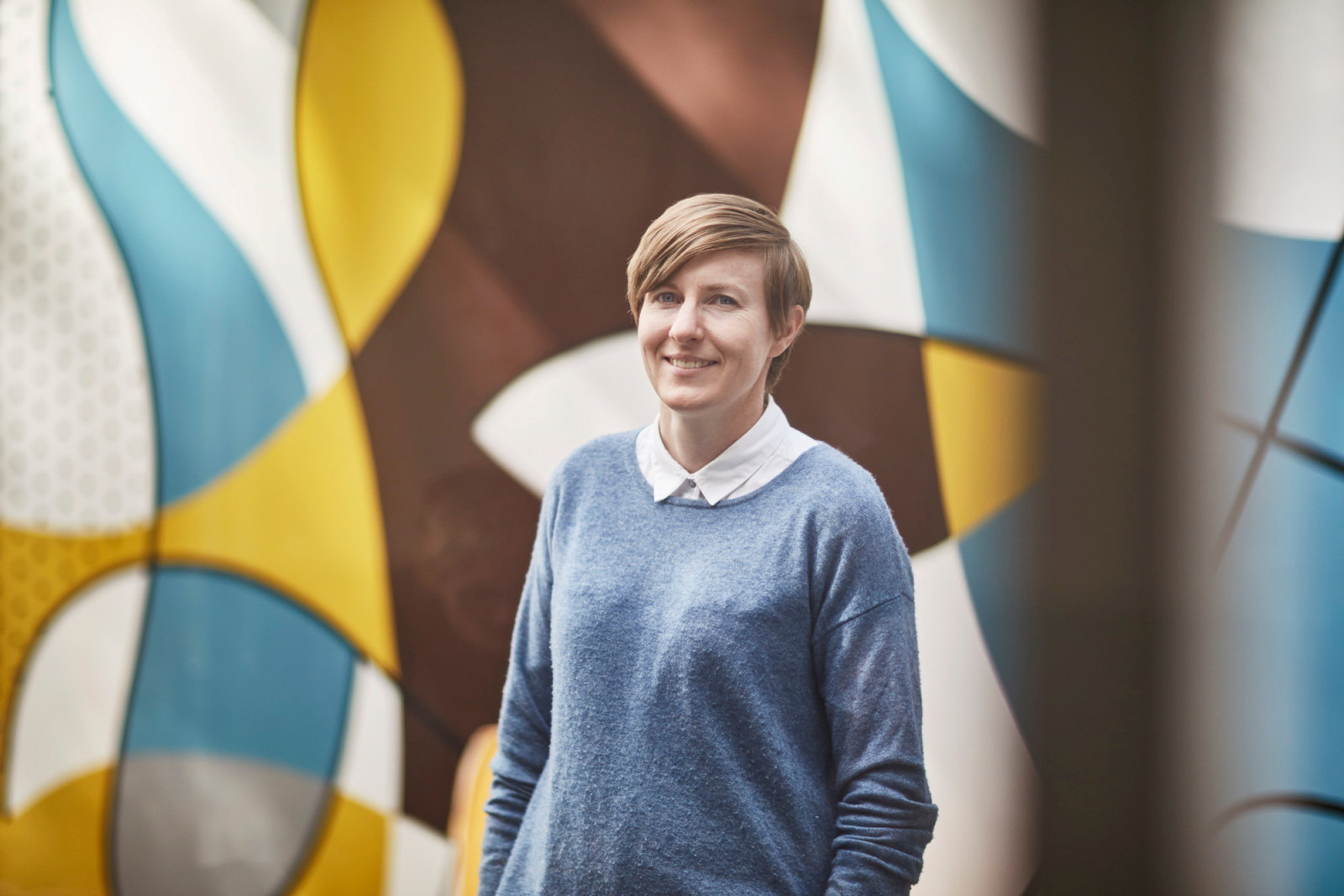Jean Robertson and Kathleen Howell
In the 1920s, female motorists were a rarity, but this didn’t stop friends Jean and Kathleen from setting off on four-wheeled adventures across Australia and the world.
Today, most families in Australia have a car, and taking a road trip is a common and popular pastime. But 100 years ago, motoring was still a relatively new hobby, and one mostly taken up by men. Cars were expensive, and much more difficult to drive than they are today. In the 1920s, the idea that two young women could set off on a road trip across Australia was, to say the least, quite surprising.
But this is exactly what friends Jean and Kathleen did in 1927, becoming the first women to drive across the continent.
The pair had met at the Clyde School in Melbourne’s St Kilda, where they formed a lifelong friendship. Upon leaving school, they joined a small but passionate group of women who embraced the freedom and independence offered by the motor car – still a fairly new form of transport.
Jean’s father, supportive of his daughter’s desire to become a motoriste (or lady motorist), purchased her an Italian sports car – a Lancia Lambda, a machine built for speed. This car would transport Jean and Kathleen across thousands of uncharted miles of Australian outback. In 1927, the two young women, together with their dog Barney, set off on a trip across Australia – partly for adventure, and partly to demonstrate that women were capable of managing endurance trips by themselves.
Setting off from Melbourne, they crossed the centre of Australia, travelling north through Alice Springs and on to Darwin. Often following telegraph wires as there were no proper roads, they turned eastwards, looping through Queensland before heading back home across NSW. The journey was supported by the Shell Oil Company, with the girls mapping the trip in return for petrol. This was the first time large areas of central Australia were mapped.
The journey was a difficult one, and required both girls to be experienced mechanics, able to fix the car when it broke down. They also devised a clever but laborious way of negotiating the large areas of loose sand that they encountered in central Australia, carrying two long strips of coir matting to lay over the sand and give the wheels traction on the soft surface.
Jean and Kathleen were confident in their abilities and felt no need to bring a male escort. They dressed sensibly in jodhpurs, long boots, and slouch hats over their bobbed haircuts, packed a rifle for protection against wildlife, and set off on their jaunt in high spirits, relishing the chance to explore uncharted areas of Australia. They visited isolated communities and Indigenous settlements, and slept under the stars between towns. Even the small issue of forgetting matches to light the campfire was quickly resolved by short-circuiting the car’s headlamp to produce sparks.
Jean and Kathleen found much enjoyment in challenging the Lancia’s abilities in a series of endurance and dependability rallies, as well as testing their own driving skills. On a journey to Perth, they decided it would be a hoot to try to break the land speed record from Perth to Sydney, including by racing the transcontinental train across the Nullarbor. The girls put the pedal to the metal and initially made great time, reaching Adelaide in only two days, nine hours and 57 minutes – a new record for this leg of the journey. The second half of the journey was plagued by poor road conditions. They became bogged in deep mud, and after four days of driving with little sleep the girls had to concede defeat. Nevertheless, their adventure garnered much public attention – these two young women racing a train in a convertible Italian sports car, ‘its long, lean shape a swiftly speeding streak over the long desert stretches’.1
In 1930, the pair again set off on the road, this time on an adventure that would take them halfway around the globe. The plan was to drive a car all the way to England, first crossing Australia to Darwin, then on through Malaysia, India, Iraq, Syria, Egypt, and into Europe. They stopped in Sicily to compete in the 1932 Monte Carlo car rally, before reaching England in February 1932. While in the UK, the girls engaged in their other favourite hobby – flying planes. Both Jean and Kathleen had a pilot’s licence and were accomplished pilots. Was there nothing they couldn’t do?
Despite the hazards they faced in some of the remotest parts of Australia, Jean and Kathleen’s adventures played an important role in showing that the outback could be safe for women, if they were to tackle the extreme conditions. Intrepid motoristes like Jean and Kathleen were also instrumental in the development of the road trip as a popular Australian pastime. Their adventures set them apart from most women of the day, challenged stereotypes, and broke down boundaries, demonstrating that there was nothing a woman couldn’t do. They embraced modernity, speed and technology – but most importantly they did it with a sense of fun, and a whole lot of style!
Notes
- Northern Times, 10 November 1928, p8.
Related exhibition
Published on

